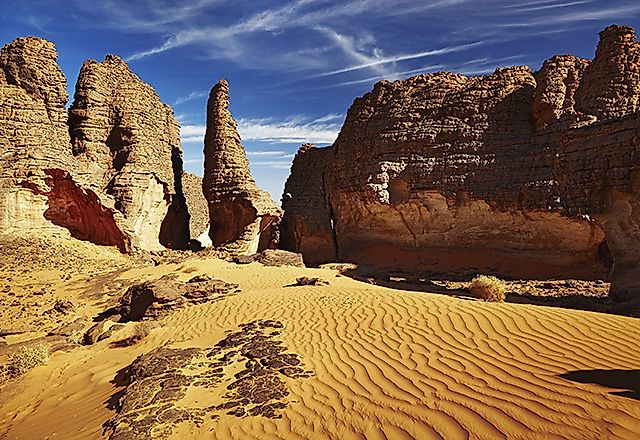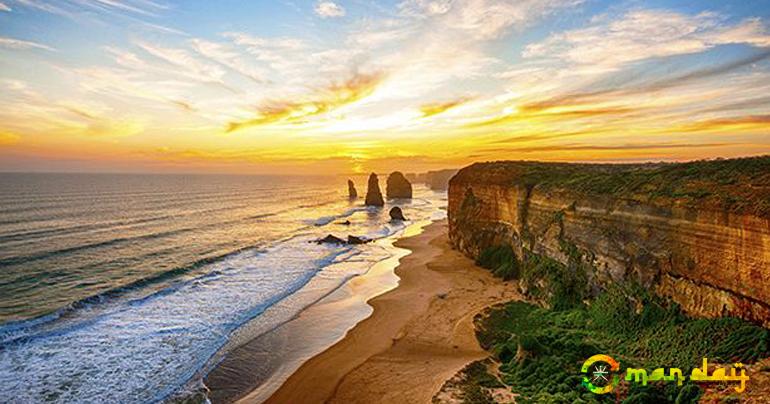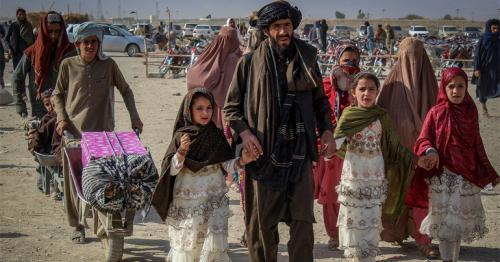Largest Countries In The World
From Cape Horn all the way to the Arctic Circle, the world’s largest countries provide a beautiful snapshot of the variety of geography, climate and wildlife on the planet. Collectively, the world’s largest countries contain rainforest and tundra, mountains and valleys, coastline and desert.
As this we explore the largest nations, we visit five different continents, some of the world’s most spectacular geography, and every type of climate imaginable.
Excitingly, it’s always changing, too: history has taught that geopolitical boundaries shift dramatically as centuries pass. In the next decades, who’s to say which countries will become the world’s largest?
When 11.5 percent of all the land in the entire world is claimed by just one country, it’s not surprising to learn that the tenth largest country (Algeria) could fit into the largest (Russia) seven times over. When all 10 of the world's largest countries are taken together, they total 49% of the earth's entire 149 million square kilometres of land.
10- Algeria

The Algerian Sahara, the largest expanse of Saharan desert
Algeria, at 2.38 million square kilometers, is the tenth-largest country in the world by area and the only African country in the top 10.
Situated in Northern Africa, Algeria has a Mediterranean coastline 998 km long. 90 percent of the country is desert, and much of its desert regions are highly elevated. The Tell Atlas mountain range runs along the country’s northern border, while the interior, much of it hundreds of meters above sea level, contains the Algerian portion of the Sahara desert. The massive Algerian Sahara extends all the way to the south of the country past its borders with Niger and Mali.
...[ Continue to next page ]
Share This Post






